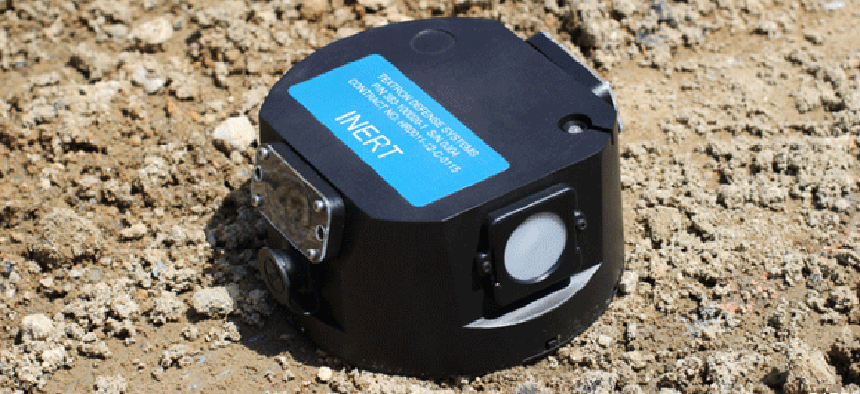DARPA takes a smart-phone approach to Android ground sensors


Connecting state and local government leaders
The agency's ADAPT program is using reusable hardware and software and an open-source approach to app development in order to get new designs into the field more quickly.
The military is taking a page from the smart-phone industry in an effort to speed up development of intelligence, surveillance and reconnaissance (ISR) ground sensors.
Researchers for the Defense Advanced Research Projects Agency’s Adaptable Sensor System, which goes by the name ADAPT, are developing a hardware and software package with a customized Android operating system for the unattended ground sensors. The sensors -- which are small, self-powered devices that sense ground activity, including acoustic, seismic, magnetic and weather events -- can communicate wirelessly with other sensors and devices, according to DOD’s Armed With Science website.
It typically takes three to eight years to develop military sensors systems using contract manufacturers, a long cycle that can mean devices are outdated by the time they’re introduced, DARPA said. By following the design processes of smart phone makers, which are always creating new or updated models, DARPA hopes to develop new devices in a year or so.
The ADAPT program focuses on three core elements: reusable hardware, reusable software and sensor applications, DARPA said.
“We believe that the ADAPT building block approach — where you take the ADAPT core and easily plug it into any number of ISR sensor reference designs — will transform how the military services and the defense industry approach ISR sensor research and development,” said DARPA program manager Mark Rich. “This method has the promise of being much more cost-effective, faster to the warfighter and easier to refresh with technology upgrades.”
DARPA plans to test new sensors based on the ADAPT reference design this summer, he said.
The agency also could develop other reference designs for air and sea vehicles. In one recent test, for example, researchers replaced the control interface of a small, quad-copter UAV with the ADAPT core, which turned over flight control.




